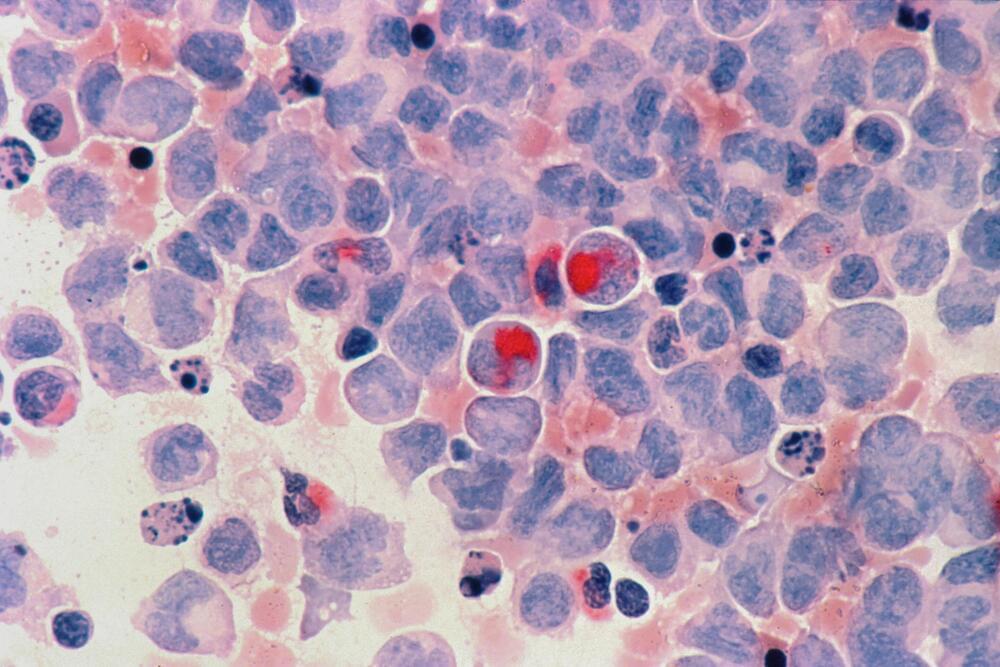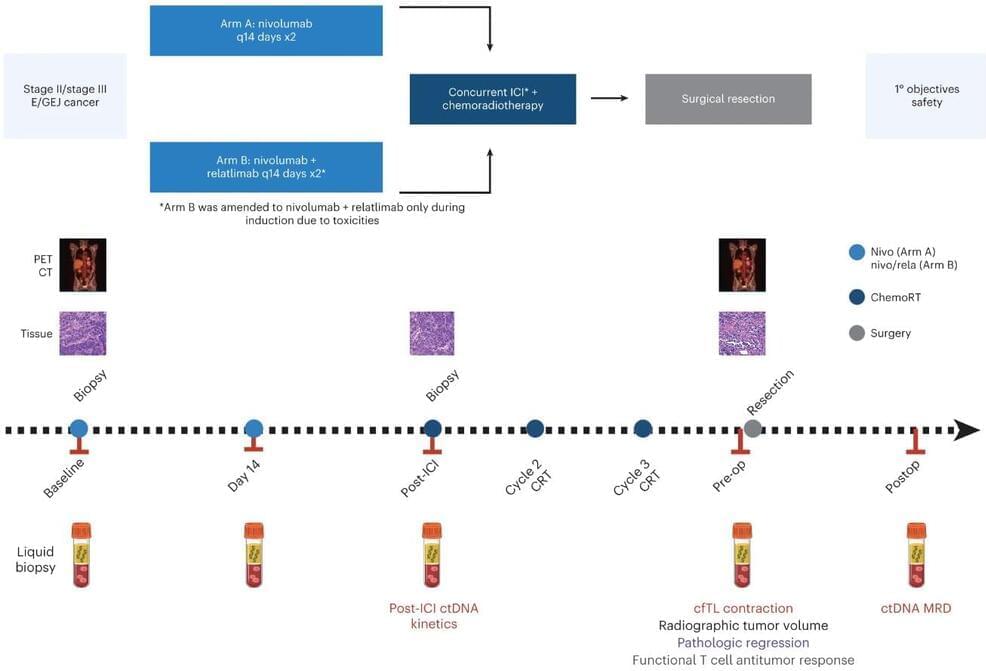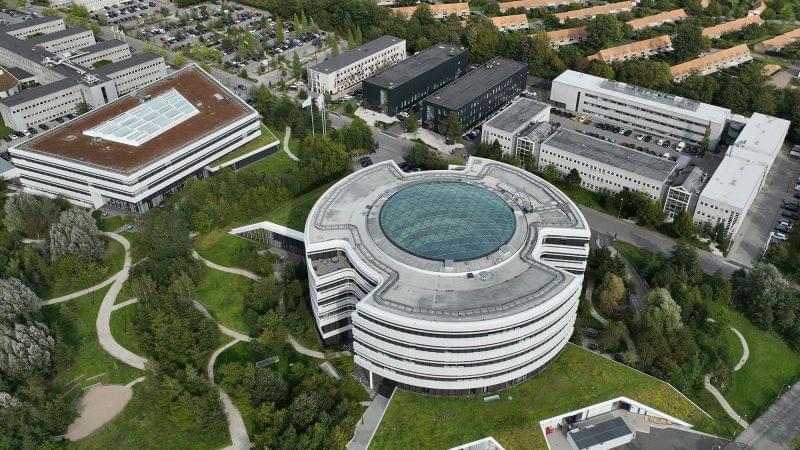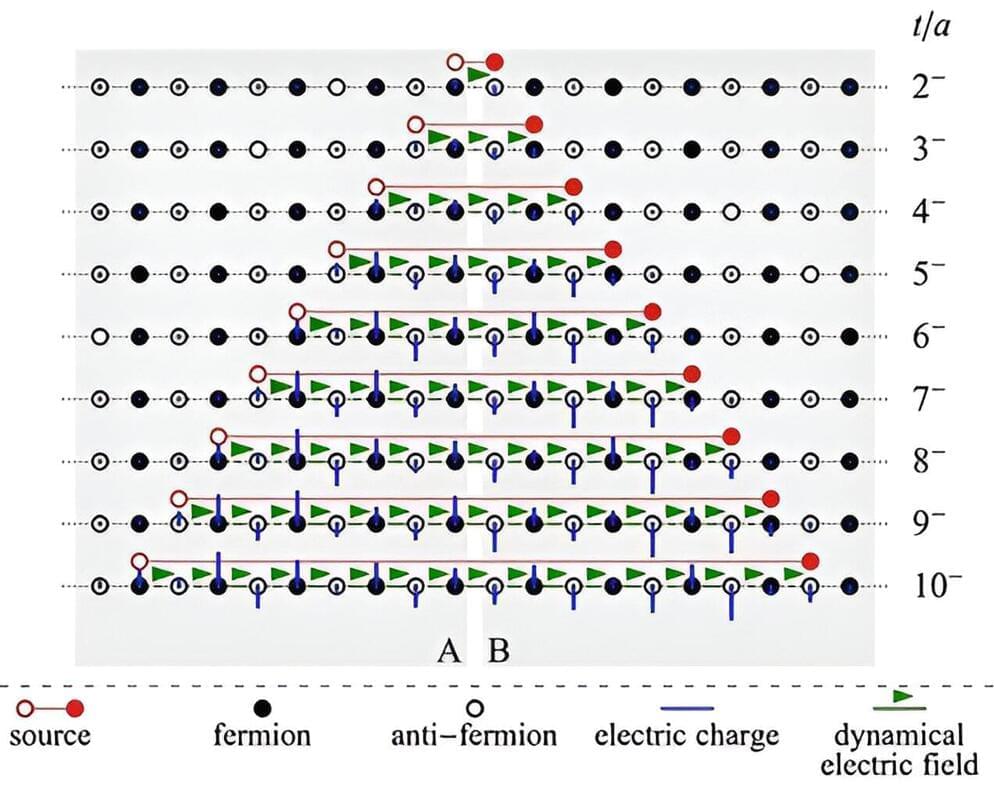The owner of Novo Nordisk, the drugmaker that gave the world Ozempic and Wegovy, is funding a new supercomputer powered by Nvidia’s artificial intelligence technology with a key aim of discovering new medicines and treatments.
The Novo Nordisk Foundation has awarded France’s Eviden a contract to build what the computing company says will be one of the world’s most powerful supercomputers, able to process vast amounts of data using AI.
It should provide “unprecedented potential to accelerate groundbreaking scientific discoveries in areas such as drug discovery, disease diagnosis and treatment,” Cédric Bourrasset, Eviden’s head of quantum computing, said in a statement.







